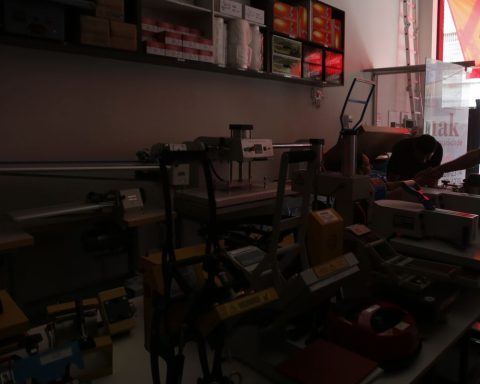Inflation slowed in March for all income ranges compared to February. The data are from the Institute of Applied Economic Research (Ipea). For the very low income class, the retreat went from 1.59% to 0.56%. For the upper income class, from 0.9% to 0.6%.
Ipea explains that the slowdown of inflation for lower income classes can be explained by low readjustment of electricity rates (0.12%) and falls in urban bus ticket prices (-1.1%) and subway (-1.7%).
Regarding high -income families, the improvement of the education group, from 0.90% in February to 0.60% in March, was more decisive. The data mainly translates the end of the impact of school tuition adjustments in February.
On the other hand, lower income groups had to deal with higher rates in home food prices. The most significant high inflation came from eggs (13.1%), coffee (8.1%), milk (3.3%) and tomatoes (22.6%). Some reliefs happened in items such as rice (-1.8%), black beans (-3.9%), meats (-1.6%) and soybean oil (-2.0%).
The high income class has been more impacted in transport and personal expenses segments. This is the case of adjustments of 6.9% of airline tickets and 1.2% of services related to recreation and leisure.
Other numbers
In the comparison between March 2025 and March 2024, inflation accelerated to all lace lanes, with a more significant impact on higher income classes.
When considering the accumulated 12 months, the very low income range had the lowest inflation (5.24%). The upper income segment showed the highest rate (5.61%).
In the last 12 months, the main inflationary pressures have come from food and beverage, transport and health and personal care groups. The most significant increases were in meat (21.2%), poultry and eggs (12.1%), soybean oil (24.4%), milk (11.9%) and coffee (77.8%).
In health and personal care, the highest impacts came from pharmaceutical products (4.8%), hygiene items (4.8%), health services (7.8%) and health plans (7.3%).
In the Transportes Group, the highlights were urban (5.1%) and interstate (6.4%) bus fares, integration (10%) and application (18.3%), as well as gasoline (10.9%) and ethanol (20.1%).


















